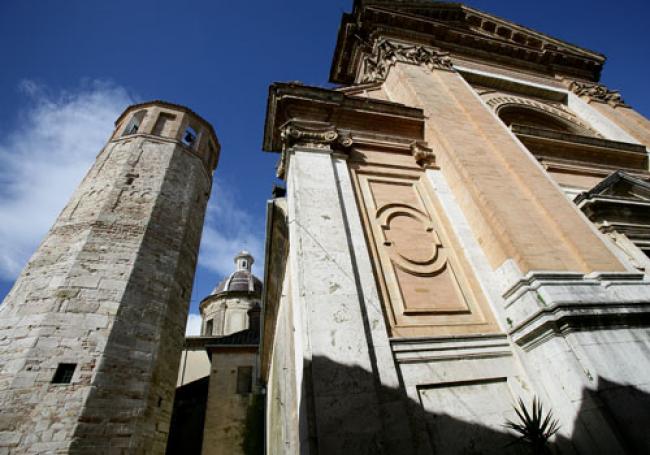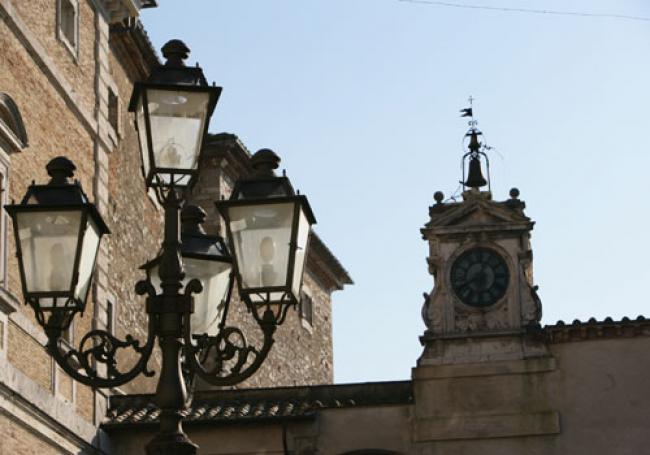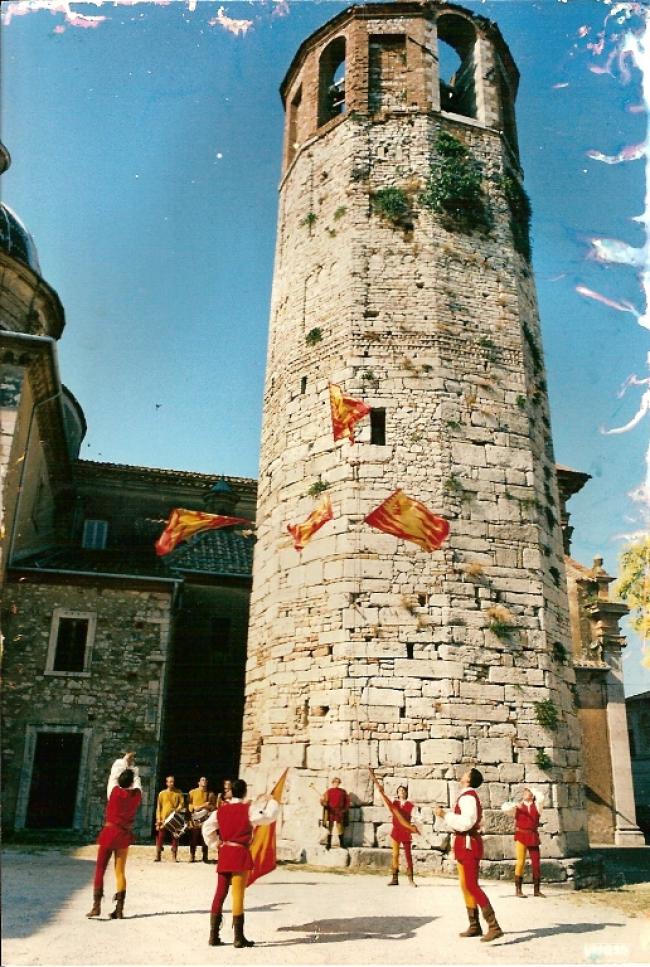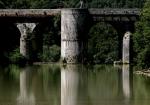The city is of notable historical and cultural interest and was one of the most important Italic cities.
Of ancient origin, Pliny the Elder quotes a passage from Cato's ‘Origines’, which marks the foundation of Amelia in 1134 BC. Amelia is the capital of a territory called ‘l’Amerino’.
This territory includes many smaller towns (Giove, Penna in Teverina, Alviano, Attigliano, Lugnano in Teverina, Avigliano Umbro, Montecastrilli) which have succeeded in preserving their medieval atmosphere with considerable remains of towers, castles and ancient walls.
The landscape, with its environmental values still intact, is the main feature of this territory. It is the real green heart of Umbria, and includes the Tiber Valley and a central area, beyond the Amerini Hills. Here, ones view stretches out over the dense forests of maquis and centuries old holm oak trees. The rolling hills and plains create a unique environmental context: here, the "good life" is combined with the rediscovery of the human dimension of life.
The city is spread across a hill overlooking the gentle and charming countryside. Amelia features its majestic polygonal walls dating VII - IV sec. BC, a monument of exceptional value surrounding the historical center. The city was an important Umbrian center and later a flourishing Roman City Hall under the name of Ameria, this civilization that has left its testimony.
This is demonstrated by the findings in the Archaeological Museum, the most important of the region, where the beautiful bronze statue of Germanicus is exposed along with ten large areas of the Roman Cisterns.
The historical center is well preserved and charming. Different periods and styles are originally combined, witnessing the evolution of art and architecture from Roman times to the 700’s.
In the highest part of the hill stands the majestic cathedral, remarkable religious building dedicated to S. Fermina, flanked by the Civic Tower (XI), symbol of democratic government. The picturesque Piazza Marconi preserves the atmosphere of the past.
There are many valuable noble buildings such as Palazzo Petrignani, Nacci Palace, Palace Farrattini, Palazzo Venturelli, Palazzo Baptist Geraldini, all with beautifully frescoed rooms.
Many works of art are preserved in the churches of St. Francis, St. Augustine; in the church of St. Magnus, there is a precious sixteenth century organ.
On the outskirts of town there is a place of rare beauty, the Rio Grande Park, an oasis of greenery and tranquility. The food, integral to the culture of the area plays a major role: wild game, pan cooked palombe, traditional stuffed figs, are an excellence of the local cuisine.
The wine and oil are, as always, an excellent product of Amelia’s terrirory. The atmosphere of the past and the history of the city come to life in the traditional ‘Palio dei Colombi’ and the
‘Reenactment of the Amerini Statutes’.











